Publications
A repository of publications focusing on FLR in the context of Asia.
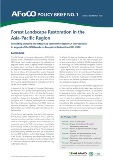
Forest Landscape Restoration in the Asia-Pacific Region (Policy Brief 1)
2022
This policy brief highlights the recommendations from the workshop that was intended to enhance the capacities of FLR policymakers and planners in AFoCO and ITTO member countries, and two countries from Central Asian region (Tajikistan and Turkmenistan), to undertake successful FLR interventions.

Voluntary Guidelines on the Responsible Governance of Tenure of Land, Fisheries and Forests
2022
The purpose of these Voluntary Guidelines is to serve as a reference and to provide guidance to improve the governance of tenure of land, fisheries and forests with the overarching goal of achieving food security for all and supporting the progressive realization of the right to adequate food in the context of national food security.
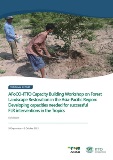
AFoCO-ITTO Capacity Building Workshop on Forest Landscape Restoration in the Asia-Pacific Region (Training Report)
2022
This is a report of an AFoCO and ITTO jointly organized virtual workshop on FLR in partnership with many partners in the region. The report highlights national restoration cases and lessons, strengths, weaknesses, challenges, and opportunities related to FLR.
.tmb-th600x450.jpg?Culture=en&sfvrsn=2cbf02c4_1)
Scaling up ecosystem restoration finance — A stocktake report
2022
This report provides an overview of the current challenges and opportunities for increasing public and private investment in restoration through innovative approaches to financing restoration activities. The report also lays out a draft roadmap of actions the UN Decade Finance Task Force will take to overcome challenges and contribute to scaling investment in restoration.
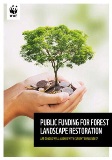
PUBLIC FUNDING FOR FOREST LANDSCAPE RESTORATION
2022
The report aims to understand what activities were currently being funded by donors and to identify interests and opportunities to engage them in FLR.
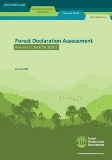
Forest Declaration Assessment: Are we on track for 2030?
2022
A report assessing progress toward global goals of halting deforestation and restoration of degraded land by 2030, as set out at the UN Climate Change Conference in Glasgow. Presents an analysis of efforts from public and private sectors, grassroots actors, and collaborative initiatives, and a summary of global forest finance, in which the need to greatly increase funding for forests is noted.
Tracking progress on food and agriculture-related SDG indicators 2021: A report on the indicators under FAO custodianship
2021
FAO is the custodian UN agency for 21 SDG indicators and is a contributing agency for a further 5. In this capacity, FAO is supporting countries’ efforts in monitoring the 2030 Agenda. This page contains information on the FAO SDG indicators - methodology, key results, events and focal points.
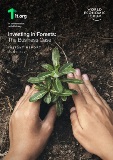
Investing in Forests: The Business Case
2021
The report highlights that investing in forest conservation and restoration can benefit businesses as they become leading actors in the transition to a nature-positive, net-zero economy along with protecting and restoring the essential biodiversity and ecosystem services that societies and economies depend on.
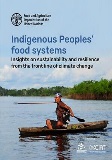
Indigenous Peoples’ food systems: Insights on sustainability and resilience from the front line of climate change
2021
FLR related unique element of Indigenous peoples includes maintaining biodiversity of native species and richness of domestic species. Agreements, REDD+ initiative to stop forest logging, local restoration initiative and collaboration, government collaboration with indigenous people in sharing knowledge and traditional methods, decreased impacts from the industrial land use, shifting cultivation and spiritual belief contributes in FLR.

ECOSYSTEM RESTORATION PLAYBOOK. A PRACTICAL GUIDE TO HEALING THE PLANET
2021
The 21-page guide describes approaches to restoring eight key types of ecosystem – forests, farmlands, grassland and savannahs, rivers and lakes, oceans and coasts, towns and cities, peatlands, and mountains.
Search by
Type of document
- Approach (20)
- Classification (1)
- Factsheet (3)
- Guidelines (22)
- Methodology (7)
- Policy brief (2)
- Report (16)
- Training manual (3)
Request to add a publication to this list by emailing: [email protected] with the title and hyperlink.
Disclaimer
The information in the publications displayed does not imply any official endorsement of or responsibility on the part of FAO for the opinions, ideas, data or products presented at these locations, or guarantee the validity of the information provided. The purpose of this repository is to provide users with convenient access to information to support project/programme document development, users have the responsibility of assessing its relevance, accuracy and suitability of application.
